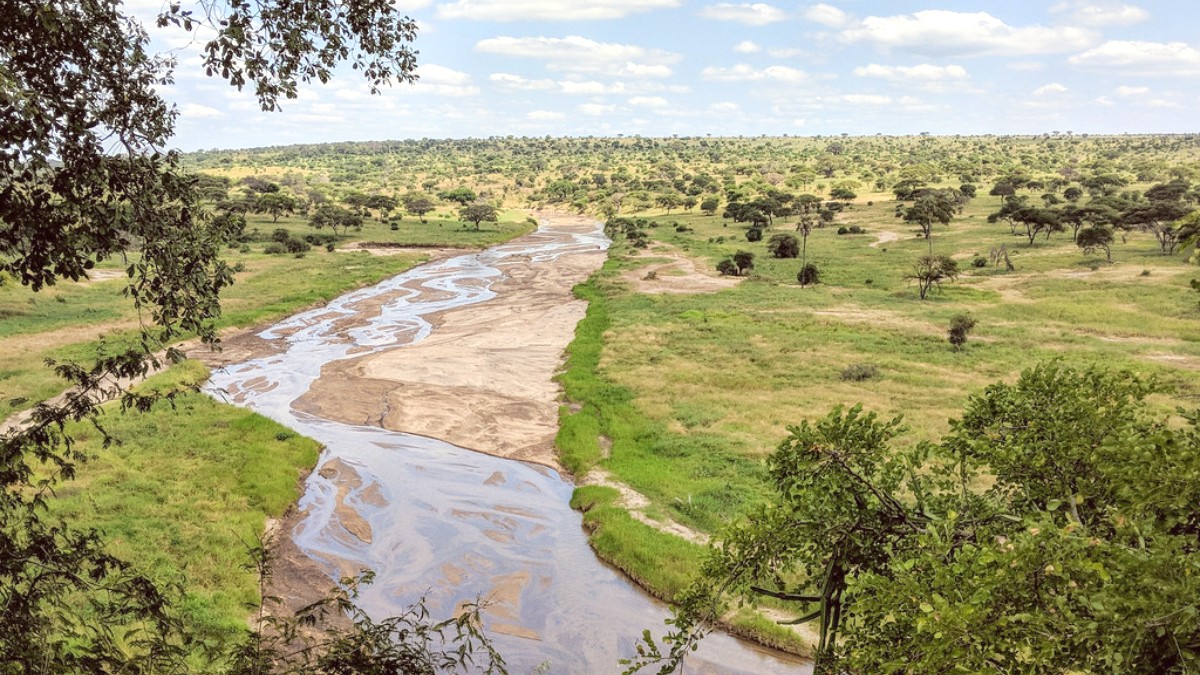
Northern Tanzania, Tanzania
Public transport in Arusha is largely informal but widely used by locals. It offers a budget-friendly way to experience daily life, though some adaptation may be needed. Dala-dalas (minibuses) are the most common and affordable form of public transport within Arusha and to nearby towns.
Bajaj (tuk-tuks) are three-wheeled auto-rickshaws, popular for shorter distances within the city. Bodabodas (motorcycle taxis) are common for quick, short trips, especially on congested roads.
Most common and affordable. They operate on fixed routes, departing when full. Can be crowded.
Three-wheeled auto-rickshaws, quicker and more comfortable for individual or small group travel. Negotiate fare before riding.
Fastest for quick trips on congested roads. Carry the highest accident risk; many advisories advise against their use.
Don't hesitate to ask locals or hotel staff for the correct dala-dala route. Tell the conductor your destination when boarding.
Dala-dalas can be very crowded. Be prepared for close quarters.
Avoid carrying visible valuables. Keep bags secure on your lap, not in overhead bins.
Have small denominations of TZS ready for fares, as many small vendors cannot provide change.
Renting a vehicle in Arusha is an option, but it comes with specific considerations, especially if you venture beyond paved roads. Self-driving for safaris is generally not recommended for foreign tourists.
Formal parking is limited in busy areas of Arusha. On-street parking is common but can be chaotic. Exercise caution when parking your vehicle.
Walking is feasible in the immediate city center around the Clock Tower. The Cultural Heritage Centre grounds are walkable. Guided walks are available in Arusha National Park (with armed ranger) and around Lake Duluti for scenic and peaceful environments.
Limited dedicated bicycle infrastructure exists in Arusha. Cycling in city traffic can be hazardous. Guided cycling tours in rural areas (e.g., coffee plantations) are a safer and more enjoyable option.
Beyond common modes, Arusha offers a few specialized options tied to tourism. Tanzania generally features limited infrastructure and services for travelers with mobility challenges.
Arusha's urban infrastructure, including sidewalks and public spaces, is often uneven or non-existent, making independent mobility challenging.
Plan for assisted mobility.
It is highly recommended to work with tour operators specializing in accessible travel for safaris or tours.
Confirm services prior.
Private taxis or pre-arranged transfers offer more flexibility and comfort for travelers with mobility needs than public transport.
Prioritize pre-booking.
When using a dala-dala, tell the conductor your destination when you board. They will often call out when you are near your stop, or you can signal when ready to alight.
The central bus stand is a major hub. For smoother experience, ask locals for route guidance.